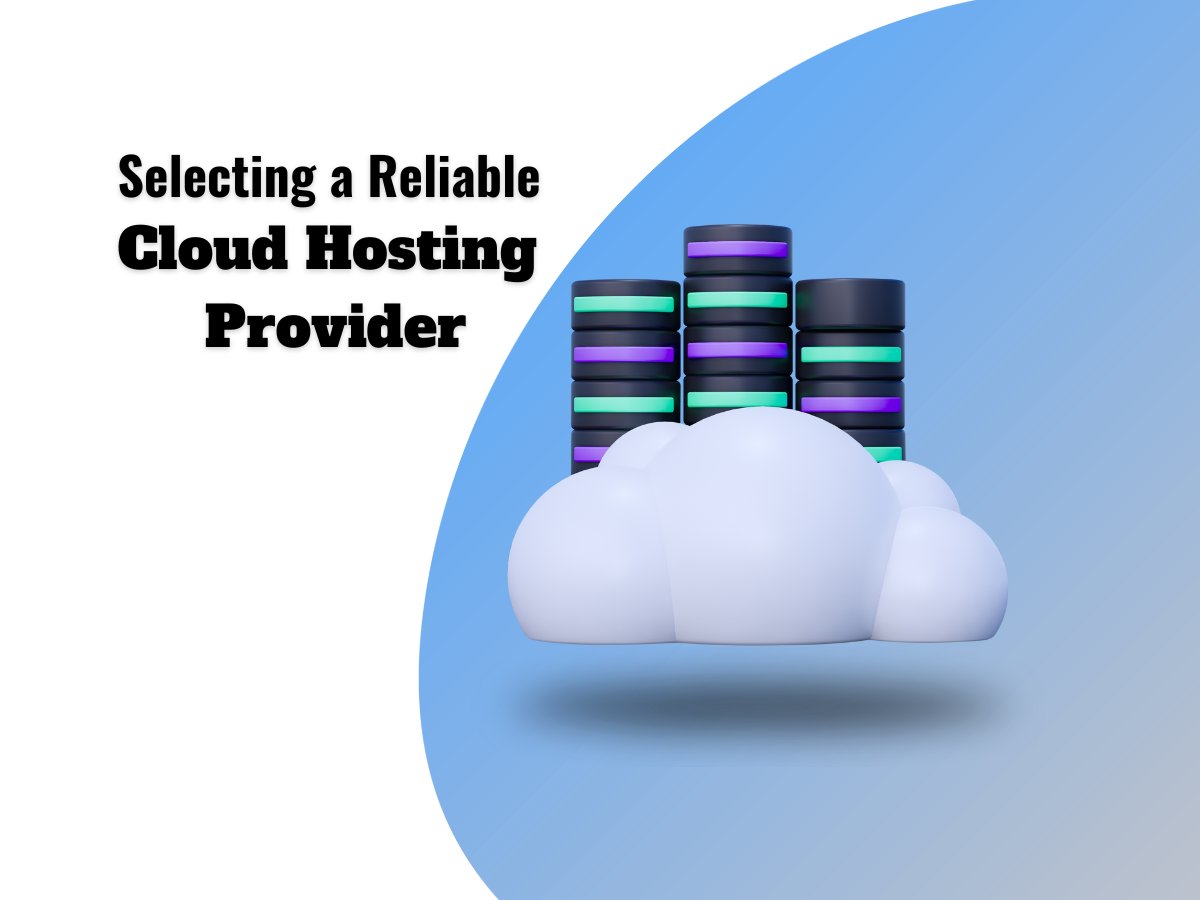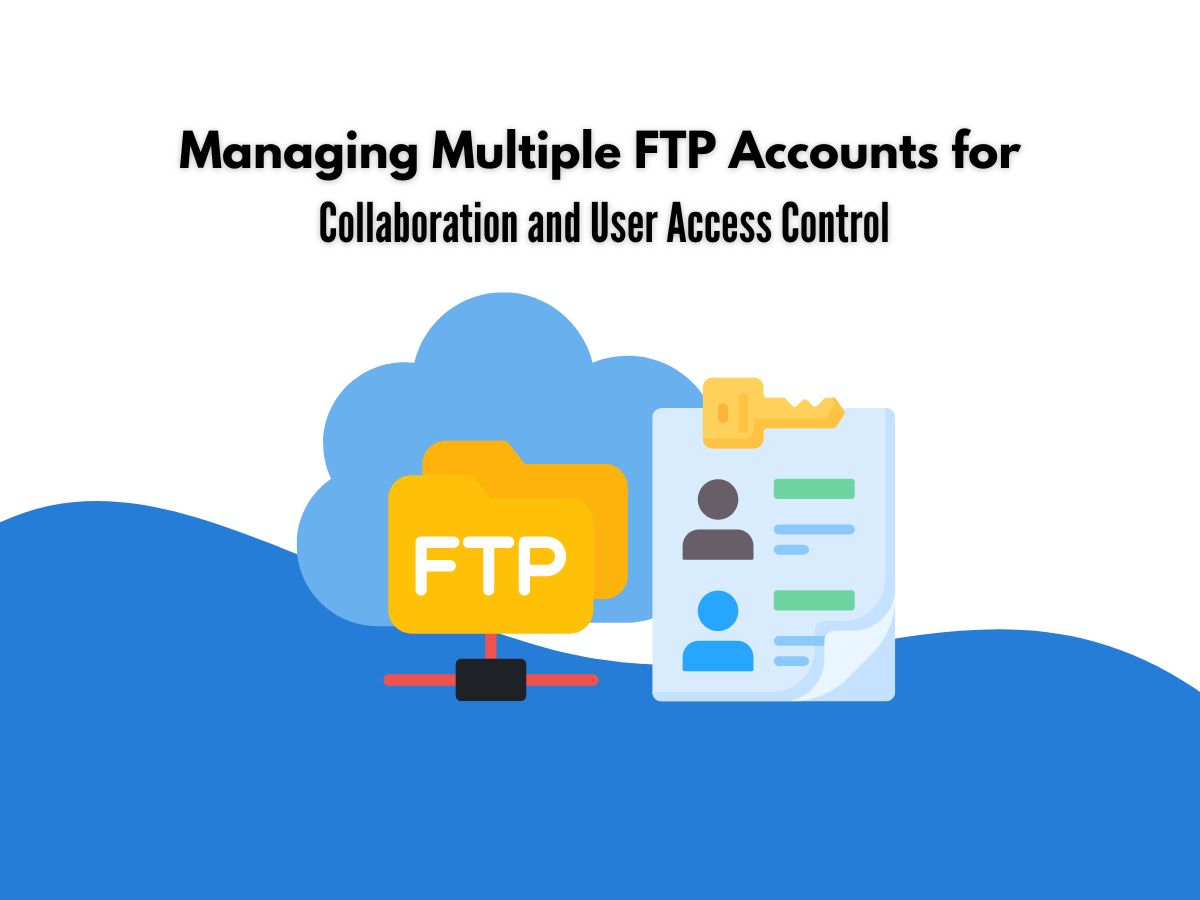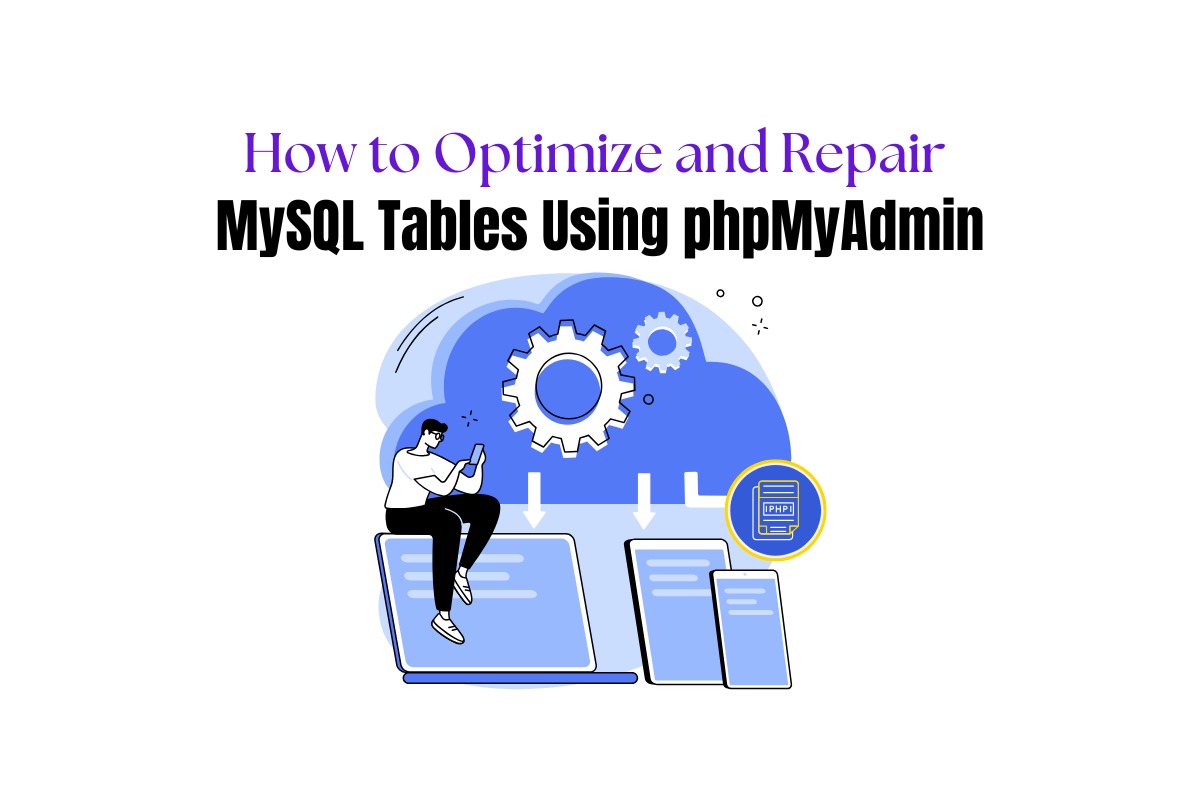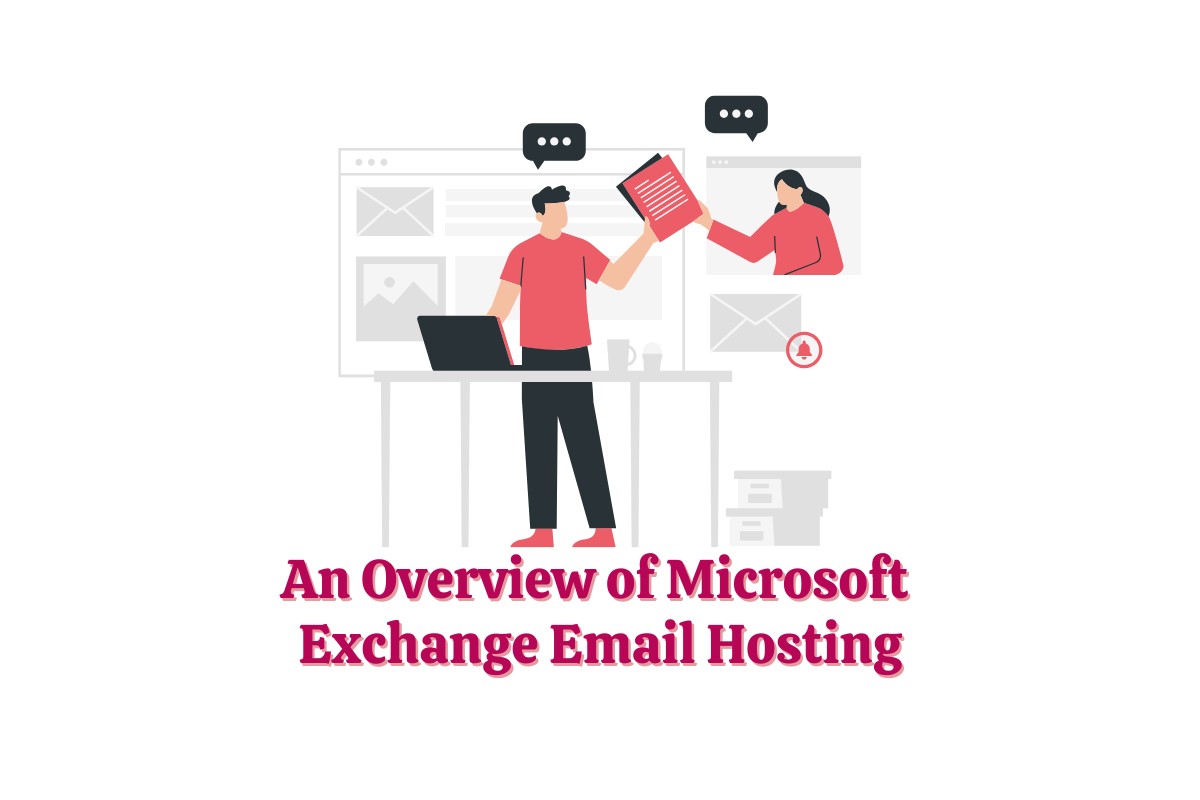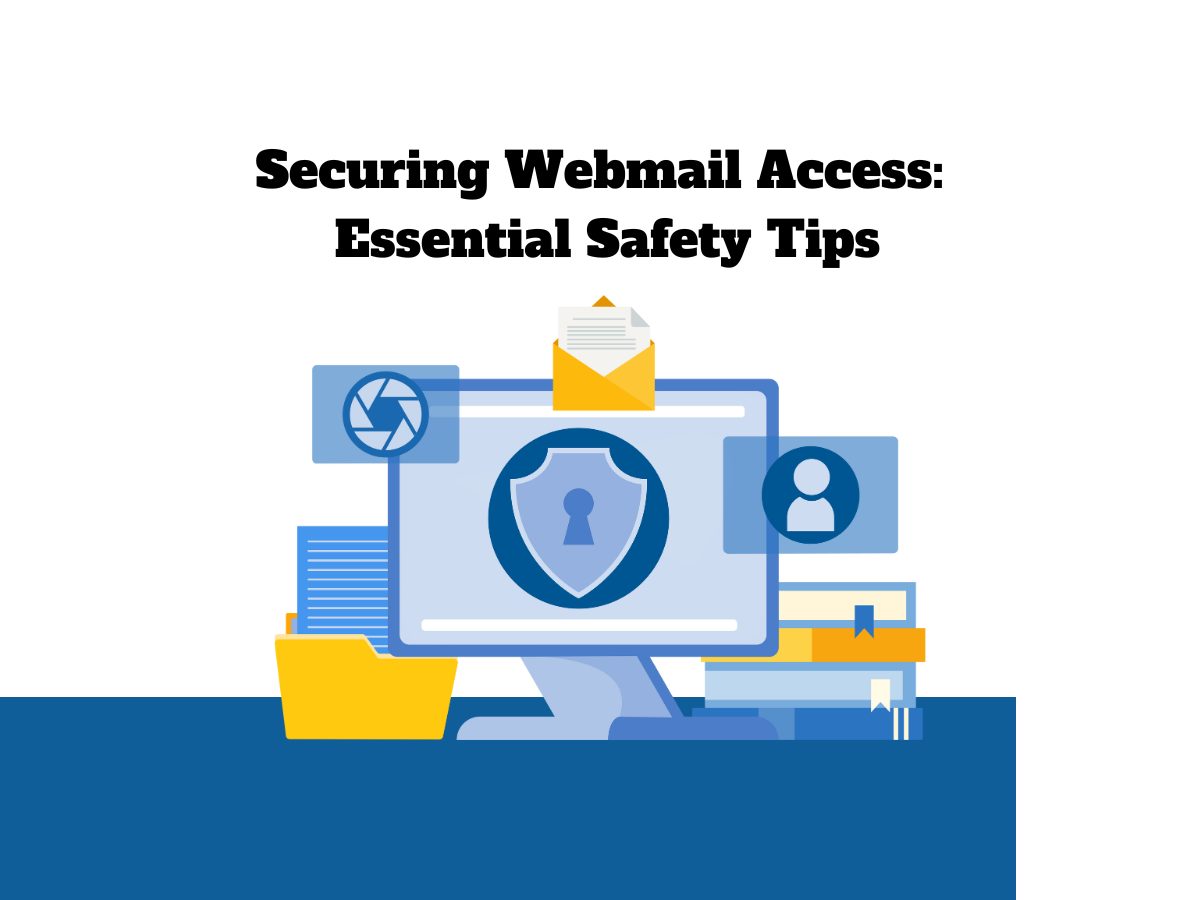
Securing Webmail Access: Essential Safety Tips
In the digital age, email continues to be a critical tool for both personal and professional communication. As such, securing your webmail access remains paramount to protect your data and maintain your privacy. This blog post outlines several essential safety tips for strengthening your webmail security, helping to safeguard your sensitive information from potential cyberthreats.
Understanding Webmail Security
Webmail refers to accessing your email through a web browser — such as Google Chrome, Safari, or Firefox — instead of a desktop email client. Given its convenience and widespread use, it’s crucial that users understand how to protect themselves while using webmail services.
Without proper security measures, cybercriminals can potentially gain unauthorized access to your emails, steal sensitive information, or send spam emails from your account. Following the suggested safety tips will help fortify your webmail security and mitigate these risks.
Safety Tips for Securing Webmail Access
1. Use Strong, Unique Passwords: Strong passwords are your first line of defense. Ensure you’re using a combination of lowercase and uppercase letters, numbers, and symbols. Additionally, avoid using easily guessable information, like birthdays or pet names.
2. Enable Two-Factor Authentication (2FA): 2FA adds an additional layer of security to your account. Even if someone knows your password, they would still need a second authentication piece — usually a code delivered to your mobile device — to access your account.
3. Beware of Phishing Attempts: Be cautious of emails asking for sensitive information or directing you to suspicious links. Always verify the sender’s email address and know that credible organizations will not ask for your password or personal data via email.
4. Periodically Review Account Activity: Most webmail services allow you to review your account’s activity. This includes checking for any unfamiliar devices or locations accessing your email, enabling you to promptly spot and address potential breaches.
5. Use Secure Wi-Fi Networks: Public Wi-Fi networks are often unsecured, leaving your webmail vulnerable to hackers. When possible, only access your webmail from a private, password-protected Wi-Fi network.
6. Regularly Update Your Webmail Client: Timely updates are essential to fixing security gaps in software applications. Always update your webmail services to the latest version to benefit from these security patches.
7. Use SSL or TLS: Secure Sockets Layer (SSL) and Transport Layer Security (TLS) are cryptographic protocols that provide secure communications on the internet. Check that your webmail provider supports SSL or TLS connections when transmitting your data over a network.
Conclusion
Securing your webmails access is an ongoing process that demands vigilance and awareness, especially as cybercriminals continually evolve their tactics. Implementing the security measures mentioned above can significantly enhance your webmails security, creating a safer digital environment for your personal and professional communications. Remember, webmails security is not merely a one-off task but a continuous commitment to safeguarding your sensitive data in the ever-changing digital landscape.

